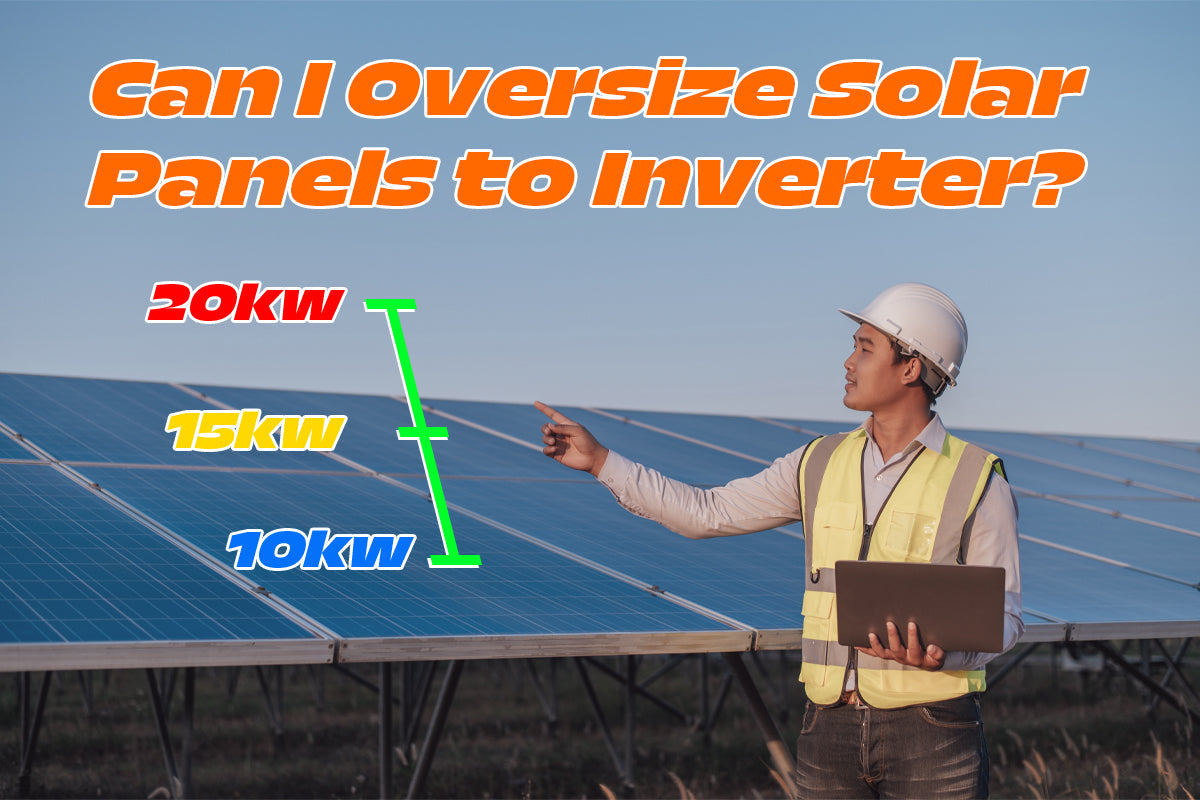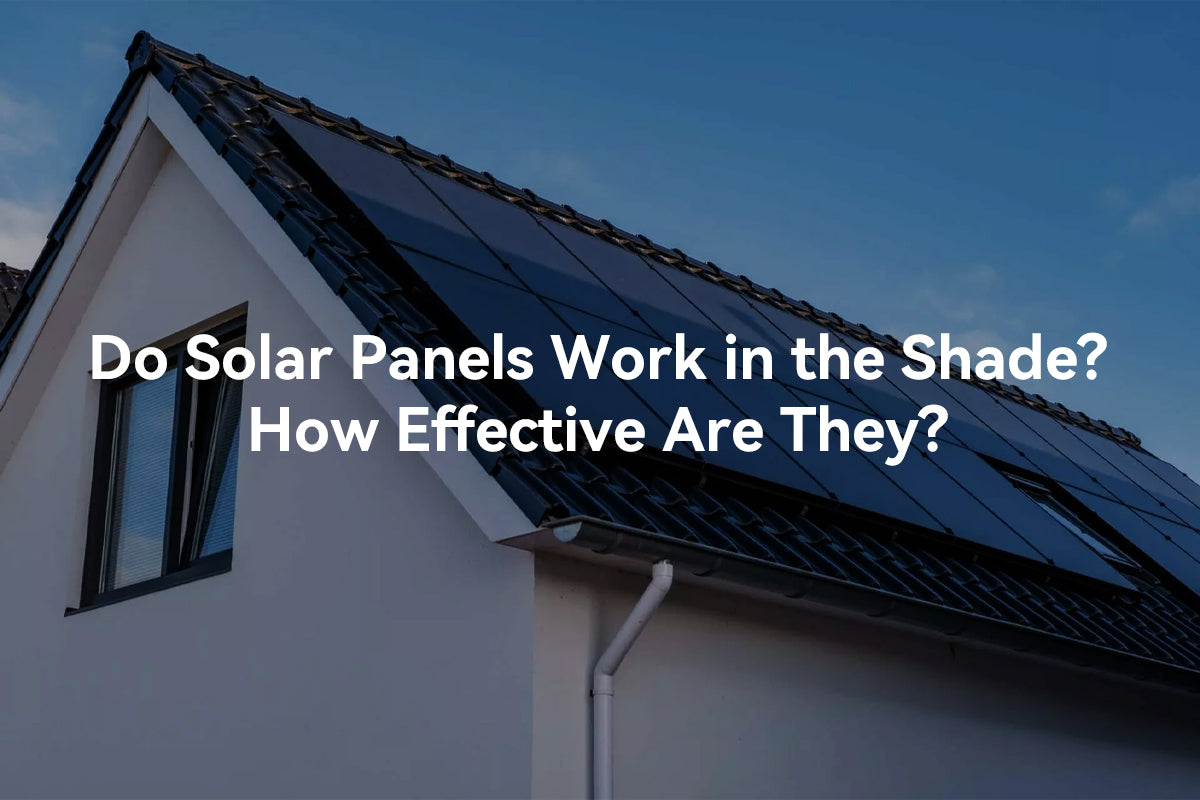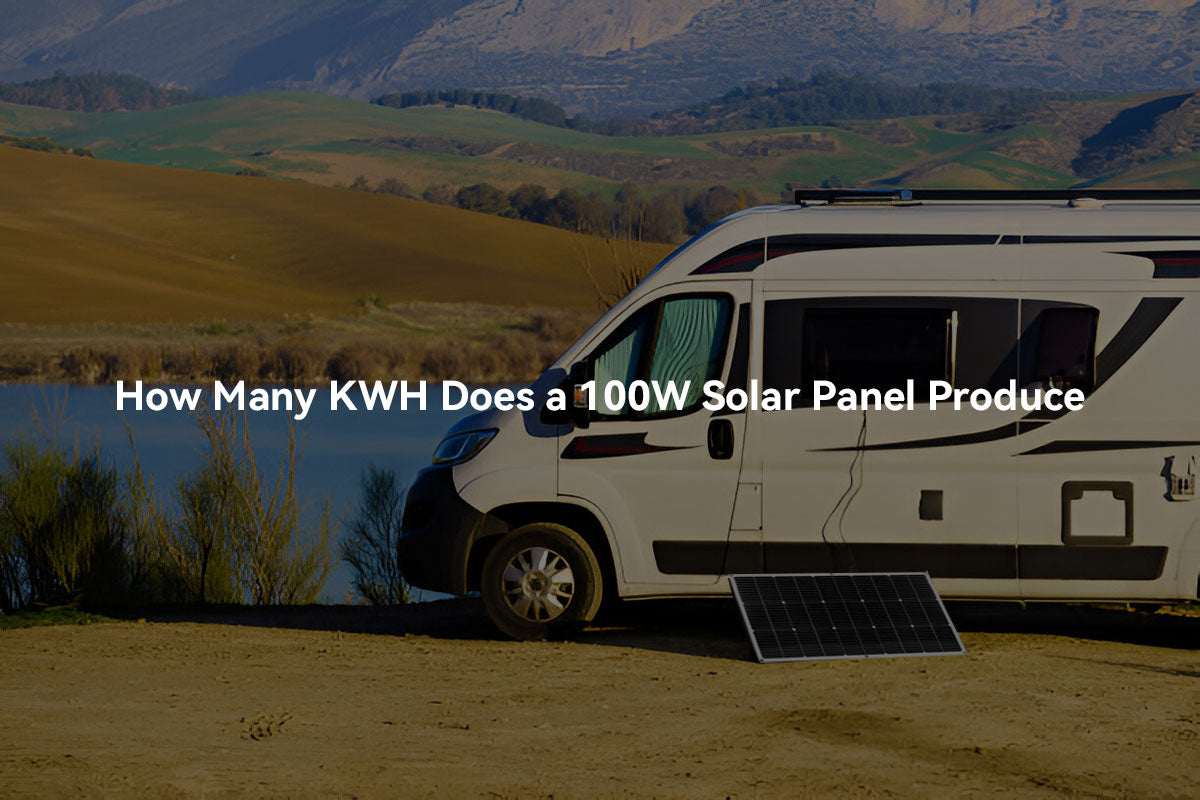If you are new to photovoltaics, you might be surprised to see a 12kW solar panel array installed to power a 10kW inverter.
This might seem counterintuitive at first glance, leading to the question, "Can I oversize solar panels to inverter?" The answer is yes, and this practice is known as overpaneling. In this blog post, we'll explore what overpaneling is, why you might need to oversize your solar panels relative to your inverter, and the numerous benefits of doing so and how to maximize the cost-effective use of the solar energy generated.
What is overpaneling solar inverter?
Overpaneling to solar inverter refer to install a larger array of solar panels than what the inverter is rated to handle. For instance, if you have an inverter with a capacity of 10 kW, you might install 12 kW of solar panels. This practice is based on the understanding that solar panels rarely operate at their maximum rated capacity due to various factors like shading, temperature, and the angle of sunlight.
Why oversize solar panels to inverter?
The tendency to oversize solar panels arises from the need to compensate for reduced energy production resulting from inefficiencies caused by environmental or internal system factors.
Imperfect Installation Conditions
Solar panels are rated under Standard Test Conditions (STC), which include 1000 watts of light per square meter, a cell temperature of 25°C, an air mass of 1.5, and the ASTM G173-03 standard spectrum. These ideal conditions are rarely met in actual installations, causing panels to produce less energy than their nominal ratings. Consequently, it is common to design solar arrays with a larger nominal capacity than the inverter's rating to achieve the desired power output.
Panel Degradation
Panels degrade over time, with linear degradation becoming prominent after the second year. Over 25 years, degradation rates typically range from 8% to 14%, resulting in reduced annual energy production that cannot maintain rated power output.
Panel Orientation
The angle at which panels are oriented affects irradiance received. Optimal orientation (0°) maximizes irradiance on the panel surface. As orientation deviates, irradiance decreases, significantly reducing actual power output.
System Losses
During operation, various losses—panel degradation, shading, wiring, inverters self-consumption, and other components—affect actual system output collectively termed as system losses.
Is it safe to oversize solar panels?
Oversizing solar inverters can be safe as long as we adhere to the manufacturer's specified parameters such as maximum PV input power, maximum PV input current, and maximum input voltage. Most of inverters/solar charge contrller are equipped with automatic protection mechanisms to ensure safety and compliance with current and voltage regulations. These mechanisms adjust voltage levels to prevent solar panel systems from surpassing the inverter's defined maximum photovoltaic input power, which is commonly referred to as "solar inverter clipping".

As a rule of thumb, solar panels should be 10-20% larger than the inverter. However, it is never recommended to overload your inverter excessively unless the inverter's specifications specifically indicate a supported oversize ratio.
Some inverters do not specify a direct over-paneling limit/oversize ratio. To determine the solar panel oversizing limitation, also known as the array-to-inverter ratio or DC to AC ratio, refer to the product specifications table where you can find the ratio of Max DC/PV Input Power to the inverter's rated output power.
For instance, a 10kW energy storage inverter from the SOLXPOW series can handle a maximum PV input power of 15kW, giving it an array-to-inverter ratio of 1.5. Similarly, the POW-Sunsmart LV12K, rated at 10kW with a maximum DC/PV input power of 12kW, results in an array-to-inverter ratio of 1.2.
If you have concerns or uncertainties, consult both the inverter manufacturer and a qualified solar installer before deciding to oversize your solar panels relative to your inverter. They can assess your specific system requirements, ensure compliance with local regulations, and recommend an optimal configuration that balances performance, efficiency, and safety.
Note:
Although inverters/solar charge controllers have automatic protection mechanisms, the solar panel array should not exceed the maximum PV input current and maximum input voltage specified in the manual. Exceeding these limits can damage the equipment. Therefore, you need to carefully plan the number of solar panels and decide whether to connect them in series or parallel.
Is oversizing solar panels worth it?How to maximize the ROI?
The higher the DC to AC ratio, the greater the solar energy utilization rate of the system. The cost of PV modules has decreased, significantly reducing the incremental cost of adding extra DC capacity to the system. Consequently, over-sizing the array relative to the inverter capacity has become financially advantageous.
Financial Benefits of Oversing Solar Panels
1. Over-sizing aligns well with the time-of-use (TOU) utility rate structure when paired with a battery, prioritizing energy supply during high-demand period. By generating more energy during these high-value periods, over-sizing further enhances the project's financial returns.
2. If your energy company supports Net Metering, expanding your solar system's size is a wise decision. Net metering allows you to sell excess electricity back to the energy retailer, offsetting your installation costs. However, before purchasing panels, consider local regulations regarding solar panel systems and the array-to-inverter ratio.
Additionally, we recommend the SOLXPOW energy storage inverter for overpaneling. It features a DC to AC ratio of 1.5 and supports a 1.1 continuous AC overload output, which increases power generation and reduces solar clipping, further enhancing solar energy utilization.
Conclusion - Benefits of oversizing solar panels
Oversizing solar panels maximizes energy production and ensures the inverter operates closer to its maximum capacity during periods of less-than-ideal sunlight. This boost in energy output brings a range of benefits.
Increased Energy Production
One of the main reasons to oversize your solar panels relative to your inverter is to increase overall energy production. Solar panels typically produce less energy than their rated capacity due to inefficiencies and environmental conditions. By overpaneling, you ensure that your solar array is frequently working as close to the inverter's rated power as possible, converting more of the sunlight into usable electricity. This reduces wastage and increases the return on your investment.
Enhanced Reliability
A larger solar array can provide enhanced reliability and stability to your solar energy supply. During peak sun hours, your system will produce more energy than what the inverter can handle, which means you have a surplus of power that can be stored or redirected as needed. This can be particularly beneficial during power outages or peak demand times when having a reliable source of energy is crucial.
Better ROI
Oversizing solar panels can provide a better return on investment (ROI) by enhancing energy production without significantly increasing costs. Solar panels have become relatively inexpensive compared to inverters.
Therefore, adding a few extra panels is a cost-effective way to boost your system's output. The additional energy produced can reduce your reliance on the grid, lower your electricity bills, and potentially allow you to sell excess power back to the grid, depending on local policies and regulations.
Future-Proofing
As energy consumption patterns change and future needs evolve, having an oversized system can be beneficial. If you plan to add more battery storage, an oversized solar array ensures that you can meet these increased energy demands without needing to upgrade your entire system. This future-proofing aspect of overpaneling can save you money and hassle in the long run.



